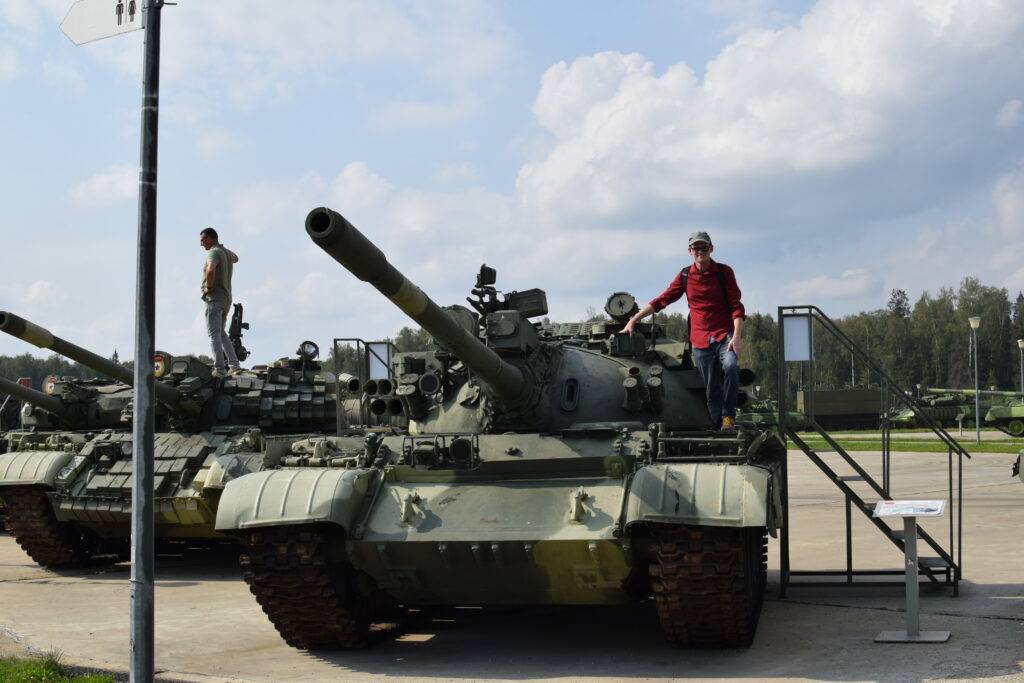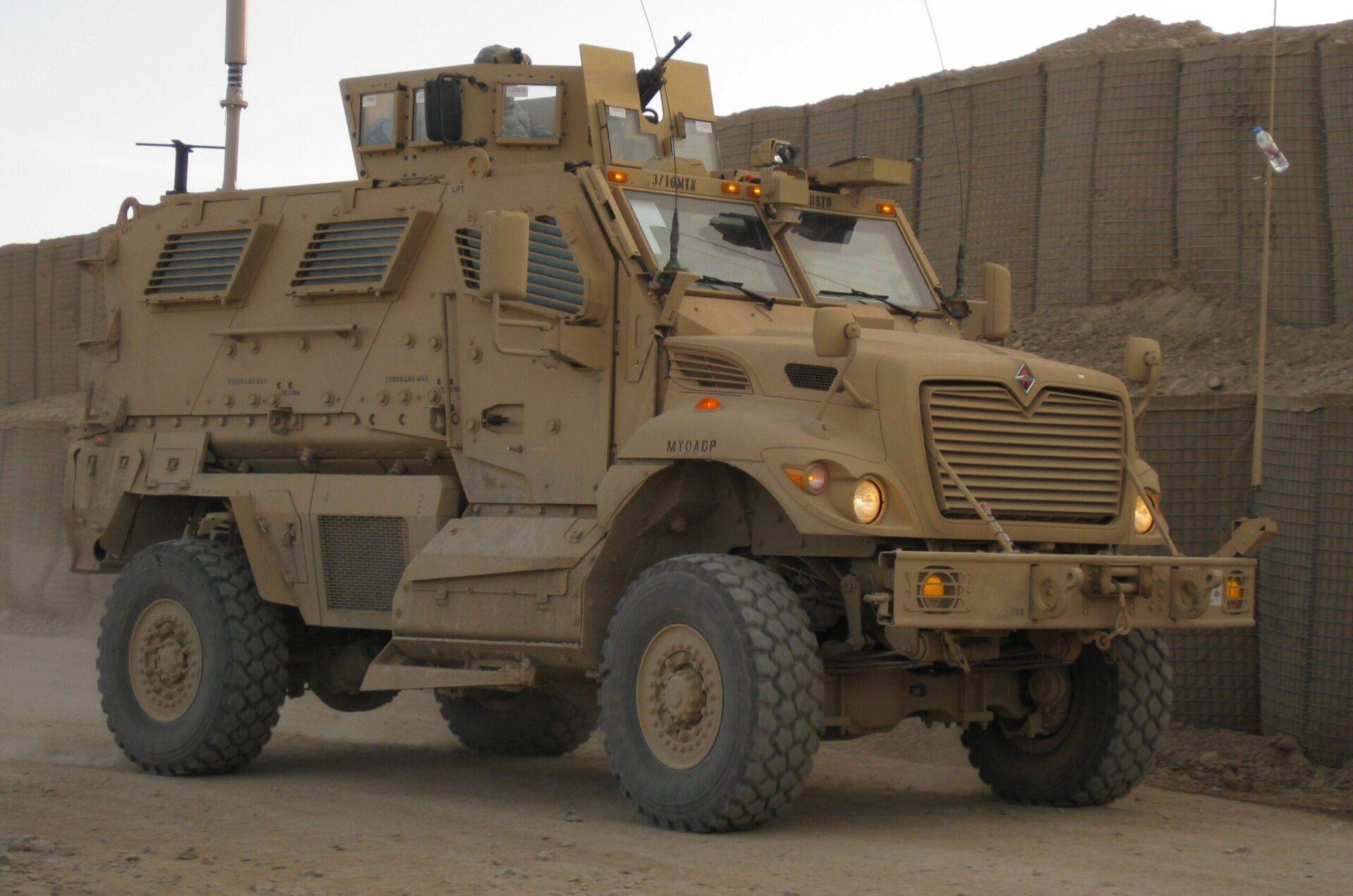Yesterday I came across a May 2022 report by the office of the Special Inspector General for Afghanistan Reconstruction (SIGAR), and it is quite revealing. The report cites five specific reasons for the collapse of the Afghan National Defense and Security Forces last year.
SIGAR found that the single most important factor in the ANDSF’s collapse in August 2021 was the U.S. decision to withdraw military forces and contractors from Afghanistan through signing the U.S.-Taliban agreement in February 2020 under the Trump administration, followed by President Biden’s withdrawal announcement in April 2021. Due to the ANDSF’s dependency on U.S. military forces, these events destroyed ANDSF morale.The ANDSF had long relied on the U.S. military’s presence to protect against large-scale ANDSF losses, and Afghan troops saw the United States as a means of holding their government accountable for paying their salaries. The U.S.-Taliban agreement made it clear that this was no longer the case, resulting in a sense of abandonment within the ANDSF and the Afghan population. The agreement set in motion a series of events crucial to understanding the ANDSF’s collapse.
First, the United States dramatically reduced a critical force multiplier: U.S. airstrikes. In 2017, the Trump administration’s South Asia strategy granted the Department of Defense (DOD) additional authorizations to combat the Taliban, mostly in the form of airstrikes. In 2019 alone, the United States conducted 7,423 airstrikes, the most since at least 2009. As a result, senior Afghan officials told SIGAR that the ANDSF was making progress and recapturing territory. Limiting airstrikes after the signing of the U.S.-Taliban agreement the following year left the ANDSF without a key advantage in keeping the Taliban at bay. Next, the ANDSF remained reliant on the U.S. military in part because the United States designed the ANDSF as a mirror image of U.S. forces. This created long-term ANDSF dependencies. The United States created a combined arms military structure that required a high degree of professional military sophistication and leadership. The United States also created a non-commissioned officer corps which had no foundation in Afghanistan military history. A critical component of the combined arms military force structure was the Afghan Air Force (AAF), which was the greatest ANDSF advantage over the Taliban. However, the AAF was not projected to be self-sufficient until at least 2030. The U.S. decision to withdraw on-site contract maintenance from Afghanistan in May 2021 reduced the availability of operational aircraft and removed maintenance instruction at key regional airfields. Further, the ANDSF had stockpiles of U.S.-provided weapons and supplies, but did not have the logistics capabilities to move these items quickly enough to meet operational demands and had to rely on a thinly-stretched Afghan Air Force to do so. As a result, ANDSF units complained that they did not have enoughammunition, food, water, or other military equipment to sustain military engagements against the Taliban.
Additionally, the Afghan government failed to develop a national security strategy and plan for nationwide security following the withdrawal of U.S. forces. Instead, former President Ashraf Ghani frequently changed ANDSF leaders and appointed loyalists, while marginalizing well-trained ANDSF officers aligned with the United States. The constant turnover weakened military chains of command, trust, and morale in the ANDSF. Young, well trained, educated, and professional ANDSF officers who grew up under U.S. tutelage were marginalized and their ties to the U.S. became a liability.
Meanwhile, the Taliban’s military campaign exploited the ANDSF’s logistical, tactical, and leadership weaknesses. Direct attacks
and negotiated surrenders set up a domino effect of one district after another falling to the Taliban. The Taliban’s media
campaign, magnified by real-time reporting, further undermined the Afghan forces’ determination to fight.
Other factors also played a role in the ANDSF’s collapse. First, SIGAR found that no one country or agency had ownership of the
ANDSF development mission. Instead, ownership existed within a NATO-led coalition and with temporary organizations, such as the
International Security Assistance Force (ISAF), Resolute Support, and the Combined Security Transition Command—Afghanistan. All
of these entities were staffed with a constantly changing rotation of military and civilian advisors. The constant personnel turnover
impeded continuity and institutional memory. The result was an uncoordinated approach that plagued the entire mission.
Second, the length of the U.S. commitment was disconnected from a realistic understanding of the time required to build a selfsustaining security sector—a process that took decades to achieve in South Korea. Constantly changing and politically driven milestones for U.S. engagement undermined the its ability to set realistic goals for building a capable and self-sustaining military and police force. Further, many of the up-and-coming ANDSF generals had only a decade of experience; most general officers in the U.S. military have twice as much.
Adapting a decades-long process to an unrealistically short timeline was reminiscent of the U.S. experiences in Vietnam.
SIGAR also found that the U.S. military was tasked with balancing competing requirements. For example, battlefield success was
critical to create the conditions necessary to draw down U.S. combat forces. But because U.S. troops were far more effective at
fighting, they often led missions or filled critical gaps in missions—providing close air support, airstrikes, medical evacuation,
logistics, and intelligence gathering—at the expense of the ANDSF gaining experience fighting on its own. As a result, the Afghan
National Army became overly reliant on borrowed capabilities.
Third, the United States created more long-term dependencies by providing the ANDSF with advanced military equipment that they
could not sustain and that required a U.S. military or contractor presence. Additionally, starting in 2005, DOD received
congressional authorization to implement a pseudo Foreign Military Sales process that removed the Afghan government from any
formal role in the equipping process. From 2005 on, the United States had sole responsibility for requirements for ANDSF
equipment, the fulfillment of those requirements, and the payment for items procured.
Fourth, the United States lacked any real yardstick for measuring the ANDSF’s development. The metrics DOD used were
inconsistent and unable to measure the development of ANDSF capabilities and capacities over time. Since 2005, the U.S. metrics
used by the military focused primarily on inputs and outputs, masking performance-degrading factors such as poor leadership and
corruption. During the U.S. military surge, measurement methods changed five times, making long-term tracking of ANDSF progress
impossible. Despite the goal of developing a self-sustaining ANDSF, the highest recorded measurement of progress during the U.S.
military’s transition of security to the ANDSF was “independent with advisors,” a complete disconnect from DOD’s stated objective.
Fifth, SIGAR found that over the 20-year mission, the Afghan government lacked ownership and access to important Afghan
systems responsible for tracking ANDSF personnel and equipment. Senior Afghan government officials told SIGAR that despite
having staff responsible for human resource management and procurement, these staff members did not have the ability to
independently access and modify accountability systems. To access and manipulate ANDSF data, senior Afghan officials had to
request readouts from U.S. contractors embedded in the Ministries of Defense and Interior. This lack of trust also manifested in
the field, where U.S. forces internally planning operations would give ANDSF-partnered units only limited notice of operations, due
to fears that the ANDSF would leak plans to the Taliban. At times, according to retired General David Barno, ANDSF field units were
simply “window dressing” to U.S.-led operations.
SIGAR found that the United States has long struggled to provide an accurate accounting of U.S.-provided equipment and U.S.-
trained ANDSF personnel. Since at least 2009, various U.S. inspectors general have published reports noting these accountability
shortfalls. In 2020, SIGAR found that DOD did not meet its own oversight requirements for monitoring sensitive equipment
transferred to the Afghan government and ANDSF, leaving it susceptible to theft and loss. In recent years, SIGAR, the DOD Office of
Inspector General, and others have found that the U.S.-contracted Afghan Personnel and Pay System (APPS) did not electronically
interface with other Afghan personnel systems, nor did its internal controls reasonably mitigate the risk of introducing fictitious
records into the system. SIGAR is currently conducting a follow-up audit into the APPS system and its deficiencies.
Tracking equipment and personnel was a challenge before the collapse, and has become exponentially harder after the collapse.
However, SIGAR has accounted for some items and personnel. First, the Taliban is using U.S.-provided ANDSF equipment for its
own training and operations. As part of its robust propaganda campaign, the Taliban has advertised U.S.-acquired equipment—
including armored vehicles and military aircraft—in videos of military parades and in training videos. Second, the United States was
able to recover some U.S.-provided aircraft it had access to at the time of the collapse. Some of these aircraft were moved into
storage in the United States; others have already been repurposed and sent to other countries, such as Ukraine. Further, AAF
pilots flew several aircraft from Afghanistan to Central Asia when evacuating from northern bases that the Taliban was
overrunning. Lastly, former ANDSF members have escaped Afghanistan, are in hiding, have been killed, or have joined extremist
groups in Afghanistan.
The full SIGAR report can be read here.
Ian Kummer

All text in Reading Junkie posts are free to share or republish without permission, and I highly encourage my fellow bloggers to do so. Please be courteous and link back to the original.
I now have a new YouTube channel that I will use to upload videos from my travels around Russia. Expect new content there soon. Please give me a follow here.
Also feel free to connect with me on Quora (I sometimes share unique articles there).



For me the most curious part was that there the USG actually signed an agreement with Taliban.
The most interesting point is still, the Taliban asked the US in 2001 to provide some legal stuff (e.g. a court decision) to allow them to extradict OBL. However, this didn’t happen. Just insisting to extradict – without any legal cover.
So, which one of both is a state of law? No court decision even today …
mild mannered military analyst…or superhero?!?!
https://www.youtube.com/watch?v=gdbjw27QPJQ
more like:
1. no invader has ever “won there” (just as very few militaries have done well against russia) past bombing rocks into smaller rocks.
2. the quality (or lack thereof) of ground forces. even if they are “brave troops” they were sent into an alien environment and proceeded to grow stupid looking beards under their raybans (what “haji” could see through such brilliant cultural camoflauge?).
3. too busy selling dope to lay any meaningful ground work.
4. NO ONE wanted them there other than karzai and his corrupt apparatchiks.
5. they found a more pleasing russian border to f_ck with. hotter, blonder prostitutes as well.
> non-commissioned officer corps which had no foundation in Afghanistan military history.
I wonder what would’ve Najibullah say…
I could barely make myself read this cluster-F to the end
It was note just “designed to fail”, Kabul govt’ was just a condom, with not even windshades…
ANDSF soldiers were absolutely right to jump off this dead horse.
That said, pretending being a soldier just to get salaries… Btt easy for me to be moralizing.
In other words, a puppet colonial force couldn’t stand up on its own because it was…a puppet colonial force.
How very astonishing.